‘People expect photography to be honest, accurate and reproducible...Of course none of these are true. Photography is infinitely mutable, and always was.’
Quote: Dr. Stephen Greenberg
Source: https://nihrecord.nih.gov/newsletters/2013/07_19_2013/story3.htm
| I have been thinking a lot about how to incorporate images into my work beyond drawing or painting. Photography is one of the common methods used to record the world around us so I’ve been thinking it would be an ideal medium to express ideas about cataloguing and collecting. I am curious about the results of recording a specimen or location with a collector/researchers approach and then working with the resulting images from an artists perspective. When I studied photography at Elam I didn’t really move beyond the darkroom. I think it was the magic of the photographic process more than the taking of images that appealed to me at the time. This exploration is different, the importance of the initial images are an integral part of the work I am making. While researching the Van Dyke Brown printing process I came across Anna Atkins (1799-1871). Her story is curiously connected to my current work, in that she was a woman, botanist and photographer. She was often considered the first person to have published a book illustrated with photographic images and some sources claim that she was the first woman to create a photograph. Anna Atkins learned directly from William Henry Fox Talbot (a friend of both her father and her husband) about two of his inventions related to photography: the ‘photogenic drawing’ technique (in which an object is placed on light-sensitized paper which is exposed to the sun to produce an image) and calotypes. I have been experimenting with the Van Dyke Brown process because I am drawn to it’s hand-made, one-off qualities, the old world charm of the colour and the seemingly magical chemical process which I can manipulate creatively to produce different types of images, like photograms and contact photographs. I’m hoping to take the images I produce and add other media and text, building layers of interpretation into the final pieces. | Cyanotype by Anna Atkins (cc.1840-50's) A first Van Dyke Brown transparency contact print to see if my chemicals were working on the paper My first paper negative, taken at Bethells beach A test photogram, 4 minutes under afternoon sun My first image from a printed transparency negative |
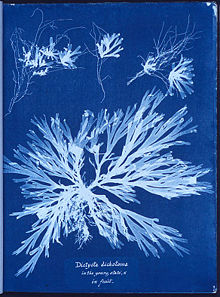
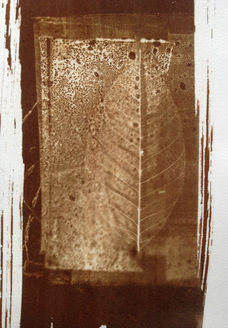
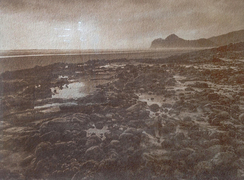
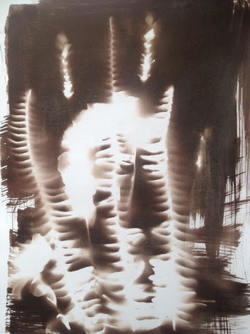
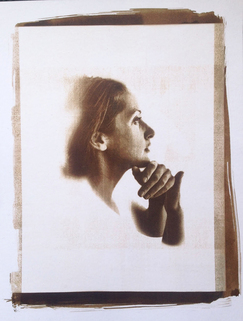
 RSS Feed
RSS Feed